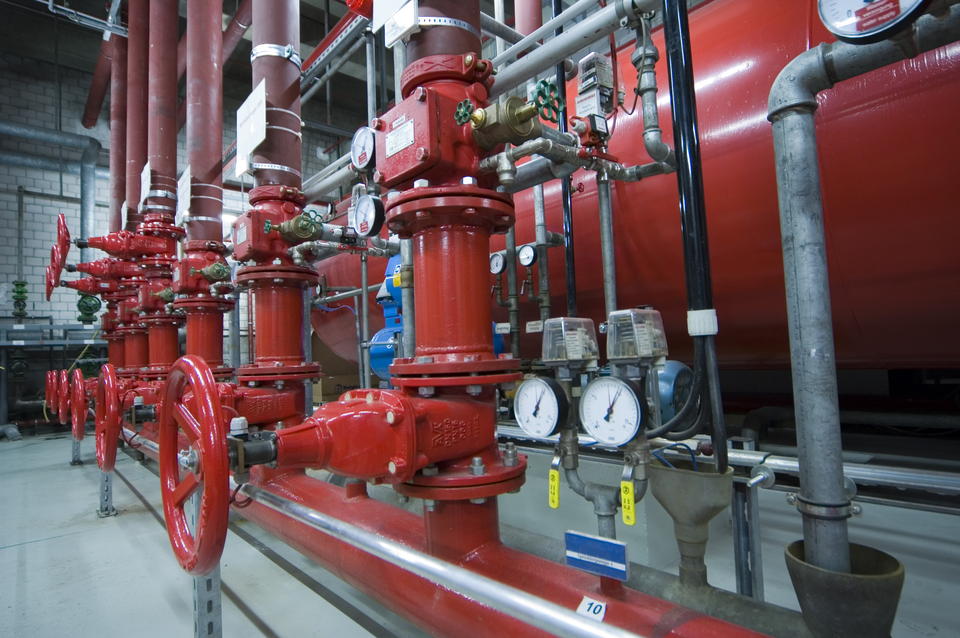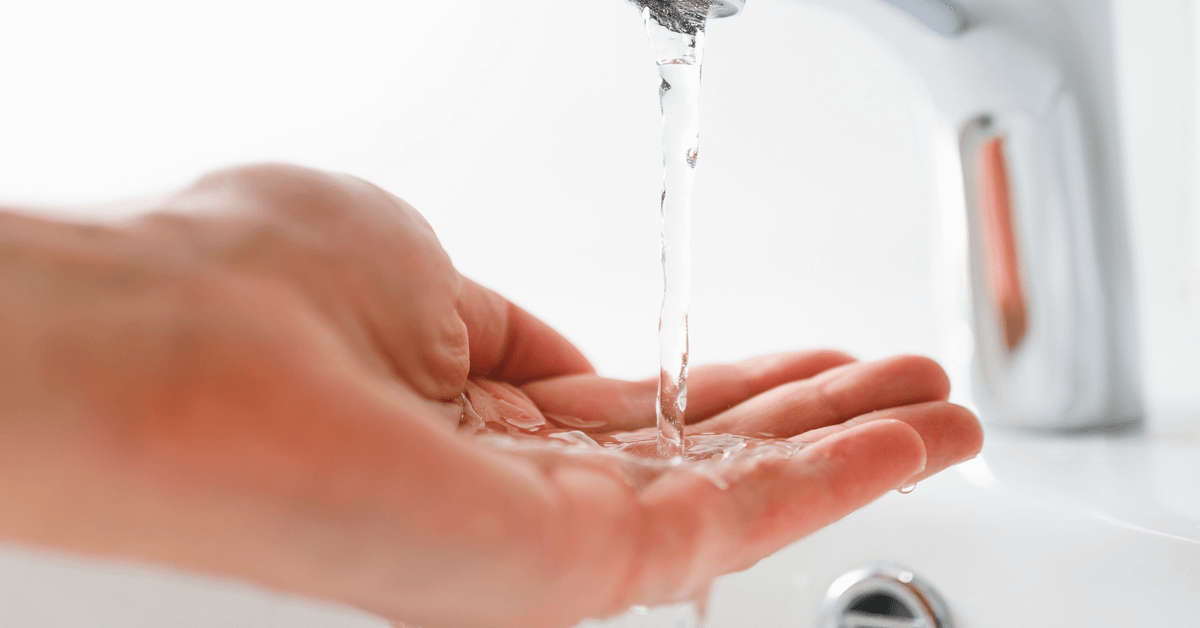On this page in the next paragraphs you can locate a bunch of superb insights in relation to Low Water Pressure in the House?.

Low water pressure in your house can be an irritating problem, influencing everything from bathing to cleaning recipes. If you're experiencing weak water flow, there are a number of possible causes and solutions to check out. In this overview, we'll talk about usual reasons for low water pressure and functional steps to deal with the issue properly.
Introduction to Low Water Stress
Low water stress occurs when the flow of water from your taps, showers, and other components is weaker than normal. This can make day-to-day jobs much more challenging and much less efficient. Understanding the sources of low tide stress is essential to finding the right solution.
Usual Sources Of Low Water Pressure
Faulty Pressure Regulatory Authorities
Stress regulators are responsible for keeping consistent water pressure in your home. If they malfunction, it can lead to low water pressure or uneven circulation throughout your home.
Municipal Supply Of Water Issues
Occasionally, the trouble exists outside your home. Metropolitan water concerns, such as main line leaks or upkeep work, can temporarily reduce water stress in your location.
Pipeline Obstructions
With time, pipelines can become obstructed with mineral deposits, sediment, or debris, restricting the flow of water. This is a typical problem in older homes with galvanized steel pipes.
Rust
Deterioration within pipelines can cause leaks and lowered water stress. Rust buildup can tighten water flow, particularly in maturing plumbing systems.
Just How to Identify Low Tide Stress
Evaluating Pipelines
Examine noticeable pipes for indicators of leaks, deterioration, or clogs. Pay attention to any kind of uncommon audios, such as knocking or rattling pipes, which might show issues within the plumbing system.
Consulting with a Plumber
If you're incapable to determine the source of low tide stress, think about working with an expert plumber to perform a comprehensive evaluation. They can determine underlying problems and suggest ideal services.
Examining Taps and Fixtures
Begin by checking the water pressure at various taps and components throughout your home. If the issue is separated to certain areas, it may suggest localized troubles.
Do It Yourself Solutions to Take Care Of Low Tide Pressure
Flushing Water Heater
Debris accumulation in the water heater can restrict circulation and minimize performance. Flushing the tank regularly assists remove debris and maintain ideal efficiency.
Examining Stress Regulator
Guarantee that the pressure regulator is functioning properly. Changing or replacing the regulator can aid bring back appropriate water pressure throughout your home.
Cleaning Aerators and Showerheads
Natural resources can build up in aerators and showerheads, decreasing water flow. Eliminate and clean up these components regularly to boost water stress.
Clearing Clogs in Pipes
For small blockages, try using a plumbing snake or chemical drainpipe cleaner to clear obstructions in pipelines. Be cautious when using chemicals and adhere to safety standards.
When to Call a Professional Plumber
If DIY efforts stop working to solve the issue or if you presume substantial plumbing issues, it's best to look for help from an accredited plumber. They have the knowledge and tools to resolve complicated problems securely and successfully.
Preventive Measures to Keep Water Pressure
Installing a Pressure Booster
Think about mounting a pressure booster pump to boost water stress in areas with continually low circulation. This can be particularly advantageous for multi-story homes or homes with high-demand fixtures.
Monitoring Water Usage
Bear in mind water use behaviors and prevent overtaxing the plumbing system. Easy adjustments, such as staggering showers and washing lots, can aid preserve adequate water pressure.
Regular Maintenance
Schedule regular upkeep for your plumbing system to stop concerns such as deterioration, leakages, and blockages. Addressing minor problems early can help avoid more considerable repair services in the future.
Conclusion
Handling low tide stress can be discouraging, but identifying the underlying reasons and implementing suitable solutions can recover optimum circulation throughout your home. Whether it's cleansing aerators, examining pipes, or speaking with a plumber, taking positive steps can ensure a consistent supply of water for your daily demands.
FOUR WAYS TO FIX LOW WATER PRESSURE NOW
Turning on a shower or faucet only to find the water comes out in a sad, slow drizzle is never a good feeling. How exactly are you supposed to wash a pan or take a quick shower when it takes 10 minutes just to rinse off a little soap? The good news is that when your water pressure is bad, there's always a cause: typically one that can be easily fixed. Here are some of the most common causes of low pressure and what you can do to fix the issue:
DEBRIS AND MINERAL DEPOSIT BUILDUPS
If you notice low water pressure from just one or two of the fixtures in your house, the problem likely has to do with debris buildup. Water is full of minerals and other debris, all of which can accumulate in your pipes and on your fixtures. This can cause a blockage that affects how much water flows through. To fix this, try filling a small plastic bag with white vinegar, and use a rubber band to hang it around your showerhead or faucet. Let the head of the fixture soak for a few hours, and the vinegar should loosen the deposits.
WATER LEAKS
Leaks are another common cause of low water pressure. If water is flowing out of your plumbing through a hole or crack before it can reach your fixture, the pressure coming out of the faucet or showerhead will be lower. A plumbing professional is your best bet for finding and repairing a leak in your water supply pipes.
Leaks are another common cause of low water pressure. If water is flowing out of your plumbing through a hole or crack before it can reach your fixture, the pressure coming out of the faucet or showerhead will be lower. A plumbing professional is your best bet for finding and repairing a leak in your water supply pipes.
A VALVE ISSUE
If you have low water pressure throughout your home, check your main shut-off valve to make sure it's completely open. You may also want to see if there's a pressure-reducing valve installed. If there is, have a plumber help you adjust the settings to get the pressure you're looking for.
OTHERS USING WATER
Believe it or not, your low water pressure could be caused by your neighbors. If you notice low pressure at certain times of day, it may be because you and the people living next to you have similar schedules - when everyone is showering at the same time, the pressure will be lower in every home. Low pressure throughout the neighborhood may also be caused by an issue with your municipal water supply. If that's the case, call the supplier to see if they're working on the issue.
https://www.rotorooter.com/blog/water-leaking/low-water-pressure-fixes/

As a devoted reader about Low Water Pressure in the House?, I was thinking sharing that section was a great idea. Please take the opportunity to distribute this post if you appreciated it. We love your readership.
Book